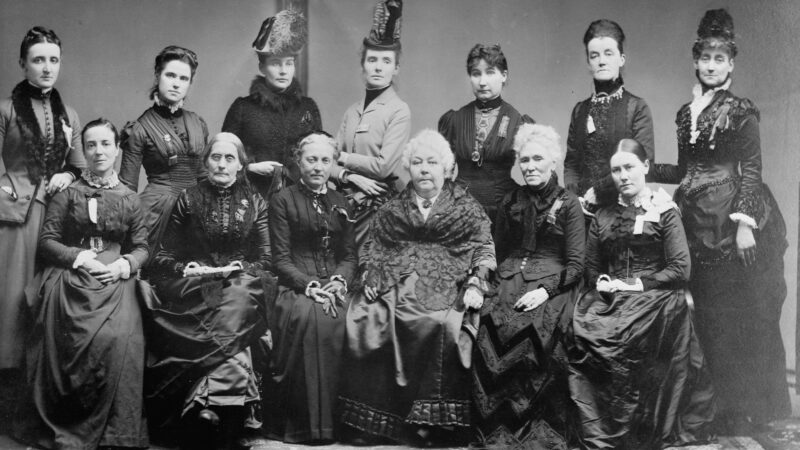In the mid-19th century, a pivotal event unfolded in the small town of Seneca Falls, New York. It was a gathering that would ignite a movement, forever altering the course of history for women in the United States. This was the Seneca Falls Convention, a landmark assembly that marked the beginning of the women’s rights movement.
Over two days, from July 19 to 20, 1848, a group of determined women and men came together to challenge the status quo and demand equal rights for women.
Key Takeaways
- The Seneca Falls Convention, initially known as the Woman’s Rights Convention, was organized by five women deeply involved in the abolitionist movement: Elizabeth Cady Stanton, Lucretia Mott, Mary M’Clintock, Martha Coffin Wright, and Jane Hunt.
- A key figure in the women’s rights movement, Elizabeth Cady Stanton was central to organizing the convention.
- The Declaration of Sentiments, primarily authored by Stanton and modeled after the Declaration of Independence, asserted the equality of women and men. It listed various grievances against women and called for sweeping changes across politics, family, education, employment, religion, and morals.
- The convention discussed and passed 11 resolutions about women’s rights.
- The Seneca Falls Convention marked the start of an organized women’s rights movement in the U.S.
How Did It Start?
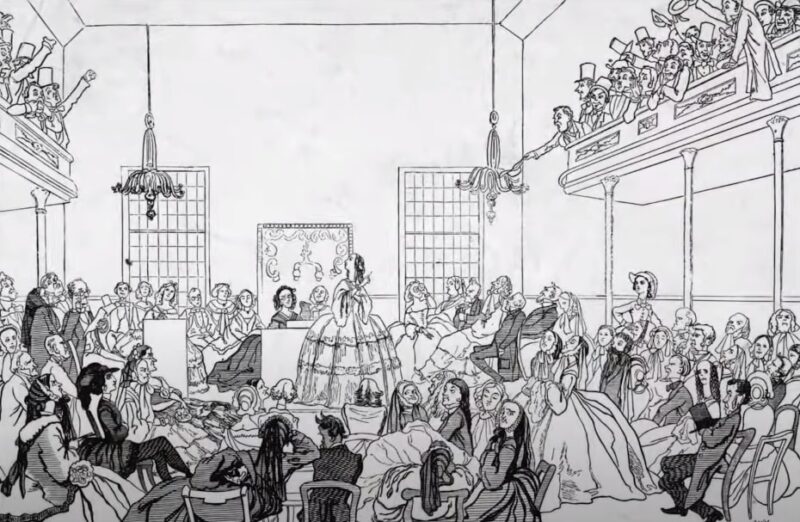
The Seneca Falls Convention, originally known as the Woman’s Rights Convention, was the brainchild of five women, deeply involved in the abolitionist movement. These women were:
- Elizabeth Cady Stanton,
- Lucretia Mott,
- Mary M’Clintock,
- Martha Coffin Wright,
- and Jane Hunt.
Their shared experiences and frustrations with gender inequality led them to organize this historic meeting. This gathering was not just a meeting but a bold statement against the societal norms that had long suppressed women’s voices. It represented a collective awakening and a unified stand against the systemic injustices faced by women.
The convention was a turning point, marking the transition from quiet discontent to active demand for equality.
Elizabeth Cady Stanton: The Leading Voice
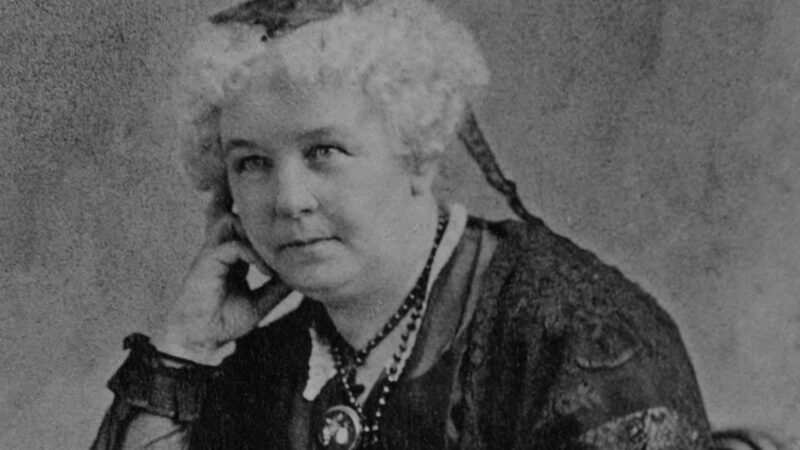
Stanton, a prominent figure in the women’s rights movement, was instrumental in organizing the convention. Her journey into activism began early, influenced by conversations with her father, a law professor, and his students.
She was a graduate of Troy Female Seminary and had been advocating for women’s property rights since the early 1840s. Stanton’s eloquence and deep understanding of legal issues made her an effective and compelling advocate for women’s rights.
Her personal experiences as a woman in a male-dominated society fueled her passion and commitment to the cause. Stanton’s leadership and vision were crucial in shaping the early women’s rights movement in America.
Lucretia Mott: The Quaker Preacher
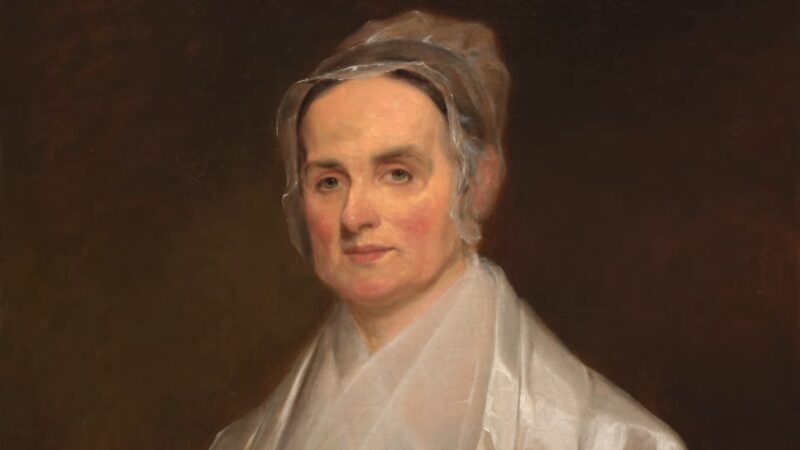
Mott, a Quaker preacher from Philadelphia, was known for her activism in anti-slavery, women’s rights, and religious reform. Her partnership with Stanton was forged at the World Anti-Slavery Convention in London in 1840, where they were both denied participation because of their gender.
Mott’s strong oratory skills and deep conviction in the principles of equality and justice made her a respected and influential figure in the movement. Her Quaker beliefs, which emphasized equality and nonviolence, profoundly influenced her approach to activism.
Her ability to inspire and mobilize people was a key factor in the success of the Seneca Falls Convention.
Other Pioneers
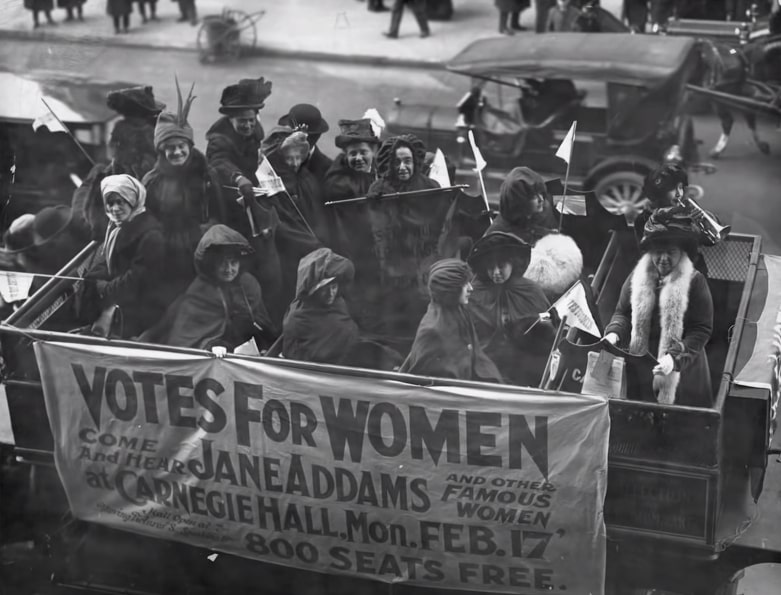
Mary M’Clintock, Martha Coffin Wright, and Jane Hunt were also integral to the convention. M’Clintock, a daughter of Quaker activists, had previously organized the Philadelphia Female Anti-Slavery Society with Mott. Wright, Mott’s sister, was an abolitionist and a women’s rights proponent.
Hunt, connected to M’Clintock through marriage, was another Quaker activist. Their collective experiences in social reform movements provided a solid foundation for the convention’s success.
These women brought diverse perspectives and skills, contributing significantly to the planning and execution of the event. Their involvement exemplified the collaborative spirit that would become a hallmark of the women’s rights movement.
The Convention
Despite limited publicity, the convention attracted about 300 attendees, mostly local residents. The first day was exclusively for women, while men were allowed on the second day. The convention opened with a powerful speech by Stanton, outlining its goals and purposes.
This unique approach of having a women-only first day underscored the need for a safe and exclusive space for women to discuss and articulate their experiences and ideas. The inclusion of men on the second day highlighted the movement’s recognition of the importance of allyship in the fight for equality.
The convention’s atmosphere was charged with a sense of urgency and a collective desire for change.
Declaration of Sentiments
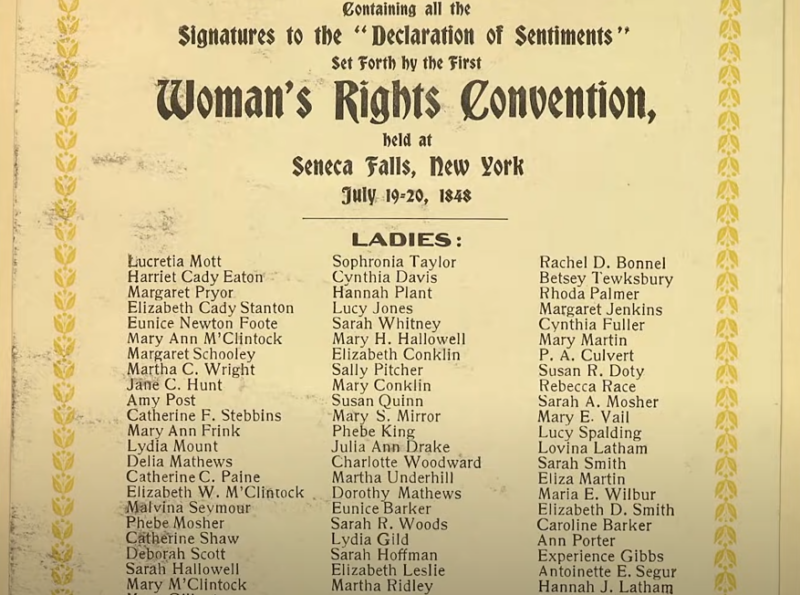
The centerpiece of the convention was the Declaration of Sentiments, primarily authored by Stanton. Modeled after the Declaration of Independence, it asserted the equality of women and men, listing grievances against women and calling for change.
This document was a bold assertion of women’s rights in various spheres, including politics, family, education, employment, religion, and morals. The Declaration was revolutionary, challenging the very foundations of societal norms and legal structures that had marginalized women.
It served as a rallying cry, inspiring women across the nation to join the struggle for equality. The document’s impact extended far beyond the convention, igniting debates and discussions about women’s roles in society.
Resolutions
The convention discussed and passed 11 resolutions concerning women’s rights. The most contentious was the ninth resolution, advocating for women’s suffrage. It faced significant opposition but was eventually passed, thanks in part to passionate speeches by Stanton and African American abolitionist Frederick Douglass.
This resolution marked the beginning of a long and arduous journey toward women’s voting rights. The debate around it reflected the broader societal hesitations about changing gender roles.
The eventual passage of this resolution demonstrated the convention’s commitment to radical and comprehensive reform in women’s rights.
What Happened After The Convention?
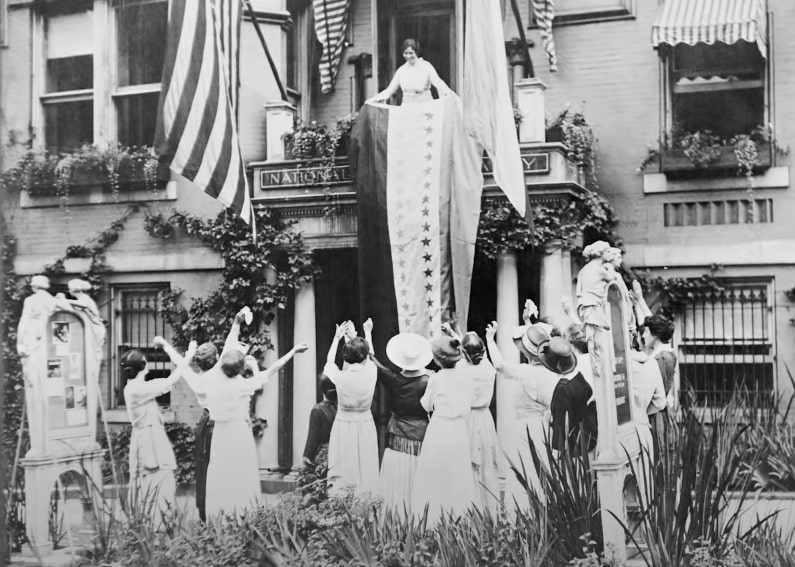
- Seneca Falls Convention marked the beginning of an organized women’s rights movement in the United States.
- Declaration of Sentiments became a reference point for future activism.
- Convention’s leaders continued their advocacy, and over the next several decades, they campaigned for women’s rights at state and national levels.
- Convention’s impact was profound, setting in motion a series of events that would eventually lead to significant legal and social changes.
- It also inspired similar gatherings and movements, both in the United States and around the world.
Long Road to Suffrage
The fight for women’s suffrage ignited at Seneca Falls, was a long one. It wasn’t until 1920, 72 years after the convention, that the Nineteenth Amendment to the U.S. Constitution was ratified, granting American women the right to vote. This journey was marked by persistent advocacy, strategic campaigning, and immense resilience in the face of opposition.
The ratification of the Nineteenth Amendment was a monumental victory, but it was also a reminder of the work still needed to achieve full equality. The suffrage movement laid the groundwork for future generations of women to continue the fight for their rights in various aspects of society.
FAQs
What specific challenges did organizers of the Seneca Falls Convention face in gathering support for the event?
The organizers faced significant challenges, including societal skepticism about women’s roles in public life, limited means of communication to spread the word, and the difficulty of traveling long distances, which was particularly challenging for women at the time.
Additionally, they had to overcome internal disagreements about the extent of the demands they should make, especially regarding women’s suffrage.
How did the Seneca Falls Convention influence other social reform movements of the time?
The Convention had a ripple effect on other social reform movements by demonstrating the power of grassroots organizing. It inspired similar conventions and gatherings focused on women’s rights and also strengthened the abolitionist movement by highlighting the parallels between women’s rights and the fight against slavery.
The convention’s success encouraged activists in other areas, such as labor and education reform, to adopt similar tactics.
Were there any notable figures who opposed the Seneca Falls Convention? What were their reasons?
Yes, there were notable figures who opposed the convention, including some who were part of the broader social reform movements. Their opposition was often based on the belief that the convention’s demands, particularly women’s suffrage, were too radical and would disrupt societal norms and family structures.
Some feared that advocating for women’s rights would detract from other reform efforts, like the abolition of slavery.
Did the Seneca Falls Convention address issues of race and how they intersect with gender inequality?
While the Seneca Falls Convention primarily focused on gender inequality, the intersection of race and gender was implicitly addressed, given the overlap between the women’s rights and abolitionist movements.
However, the convention did not explicitly focus on the unique challenges faced by women of color, which was a limitation in its approach to equality.
How did the public react to the Declaration of Sentiments immediately following the convention?
The public reaction to the Declaration of Sentiments was mixed. Some praised it for its boldness and vision, seeing it as a necessary step towards social progress. However, others criticized it as too radical, particularly its demand for women’s suffrage.
The document sparked significant debate in newspapers and among the public, reflecting the divided opinions on women’s roles in society.
What impact did the Seneca Falls Convention have on women’s legal rights in the immediate years following the event?
In the immediate years following this event, there were few direct legal changes. However, the convention initiated a broader conversation about women’s rights that gradually led to legal reforms.
Over the following decades, incremental changes were made in areas like property rights, employment, and education, laying the groundwork for more significant legal achievements in the 20th century.
Conclusion
The Seneca Falls Convention in 1848 was a crucial starting point for the women’s rights movement in the United States. This event brought together a group of determined women and men who demanded equal rights for women, especially the right to vote.
Although it took many years for their goals to be fully realized, the convention marked the beginning of a significant change in how women’s rights were viewed in society. It laid the foundation for future advancements and was a key moment in the history of the fight for gender equality.
